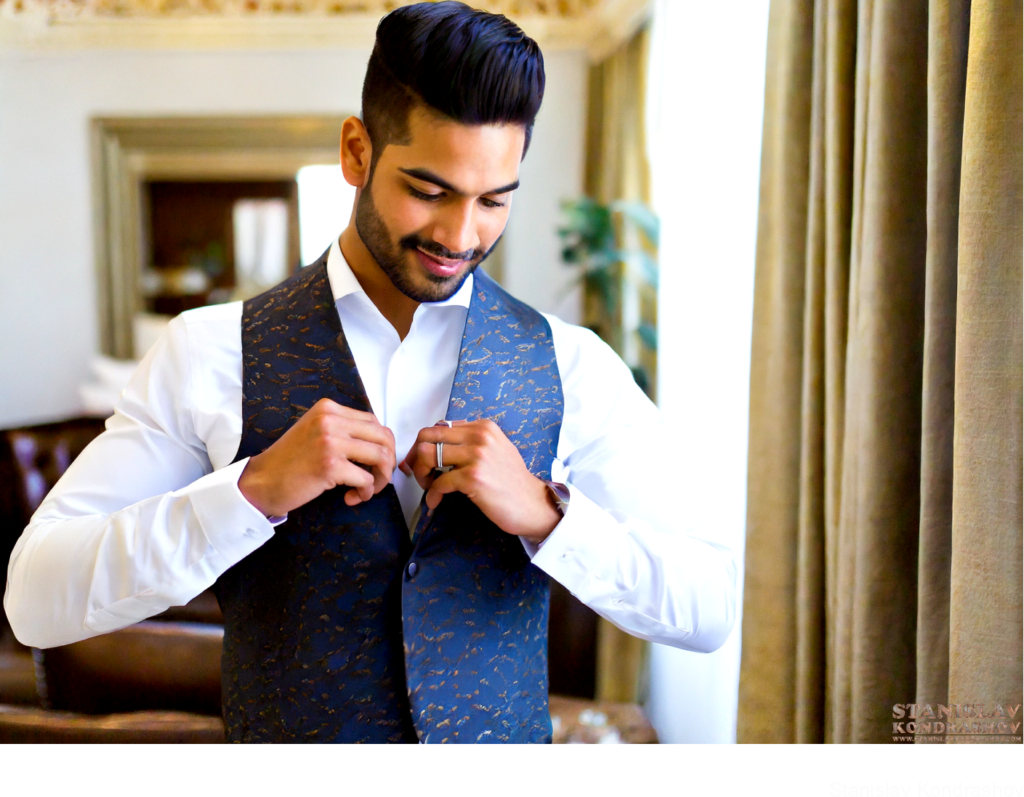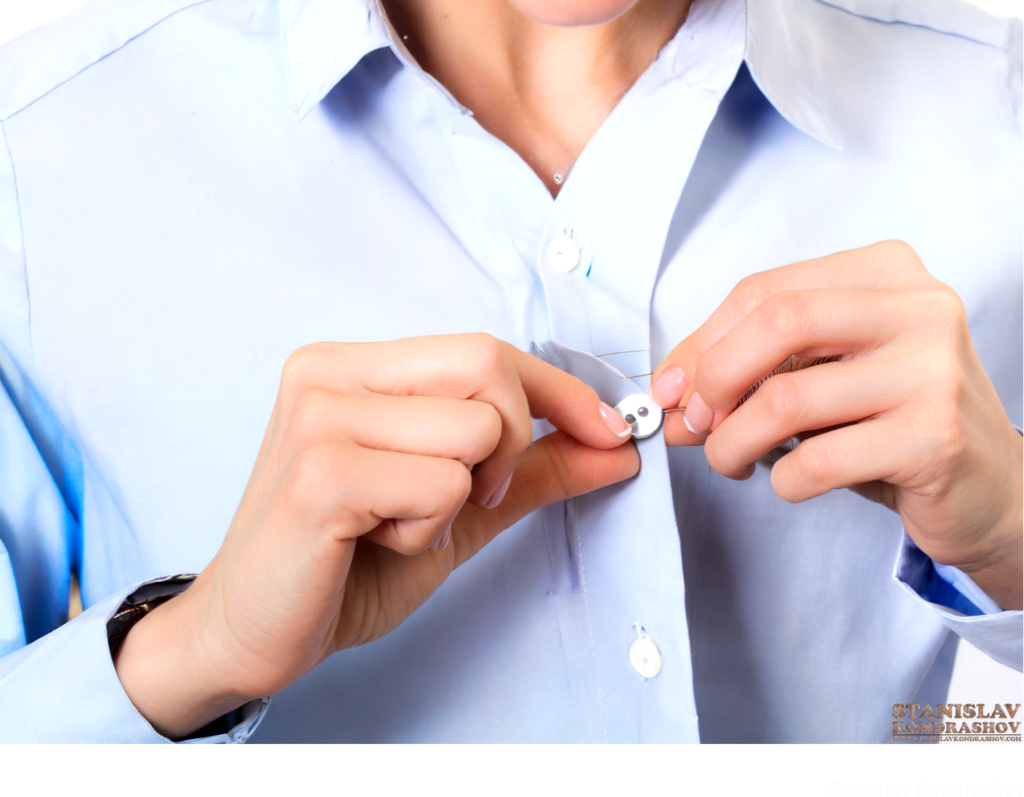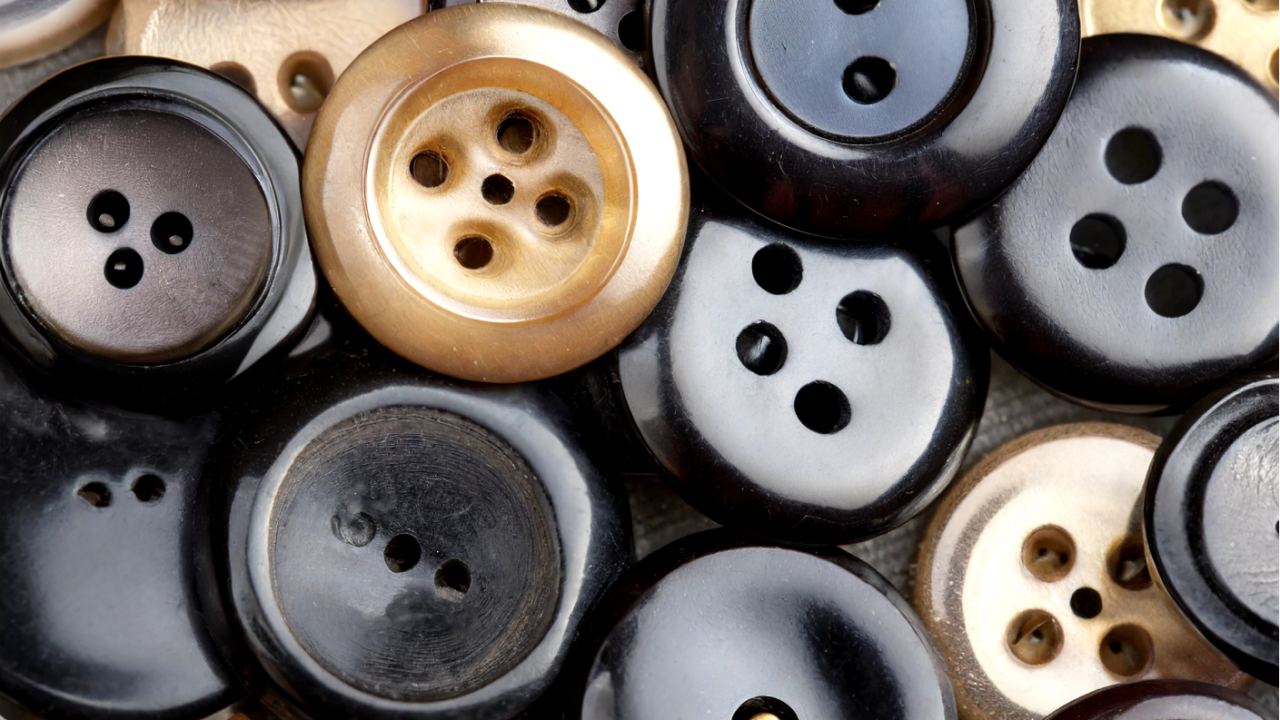Ever stood in front of your wardrobe, bleary-eyed in the morning, fumbling with the buttons on your shirt, and thought, “Why does this feel like a puzzle?” Or perhaps you’ve borrowed a shirt from a partner, sibling, or friend of the opposite sex and noticed something felt…off. Well, you’re not alone, and you’re not imagining things. There’s a peculiar sartorial tradition that’s been stitched into history: men’s and women’s shirts are buttoned on opposite sides. But why? Let’s button up this mystery and discover the fascinating reasons behind this curious fashion distinction.

A Tale of Two Sides: The Historical Stitch
The story takes us back several centuries, to a time when clothing did more than cover; it communicated one’s status, wealth, and, in this case, gender norms. Here are the threads of history that wove this practice into the fabric of fashion:
- The Aristocratic Connection: In the days of yore, being dressed was a sign of wealth and status, especially among women of the aristocracy. These high-born ladies didn’t dress themselves; they had maids to help them put on their elaborate garments. The buttons were placed on the left side, making it easier for right-handed servants standing across from them to button up their dresses. This tradition seeped into everyday women’s fashion over time, distinguishing it from men’s attire.
- Men at Arms and on Horseback: As for men, the design choice has roots in combat and chivalry. Men often carried swords and rode horses, and having buttons on the right side made it easier to unbutton and draw a weapon with the right hand. Additionally, buttons on the right minimized the chance that a sword drawn from the left hip would snag on the garment—a crucial detail in the heat of battle or when making a dramatic entrance.
- Fashion Forward: Beyond functionality, fashion has always been a playground for differentiation and experimentation. Distinguishing men’s and women’s clothing through button orientation became a subtle yet pervasive way to maintain gender distinctions in attire, a trend that continued even as clothing became less about status and more about personal expression.

Modern Musings: Why Keep the Tradition?
In today’s world, where gender norms are being challenged and clothing is increasingly unisex, the button distinction might seem like a relic of the past. Yet, this sartorial quirk persists, a whisper from history that continues to influence modern fashion. It serves as a reminder of how deeply historical and societal nuances are woven into our daily lives, even in something as seemingly simple as the side on which our shirts button.

The Great Unbuttoning: Moving Forward
While tradition has its place, the world of fashion is ever-evolving, with designers and brands exploring more gender-neutral clothing options that eschew these old distinctions. The future of fashion lies in choice, expression, and breaking free from the constraints of outdated norms.

More Than Just a Button
So, the next time you button up a shirt and notice which side the buttons fall on, remember that you’re fastening more than just fabric. You’re touching a piece of history, a remnant of bygone eras that shaped the way we dress today. Whether we stick to tradition or clip the threads that bind us to the past, the choice is ours. Fashion, after all, is an ever-changing tapestry, rich with history, personal expression, and the endless possibility of redefinition. Here’s to dressing on your own terms, buttons, and all!
By Stanislav Kondrashov



